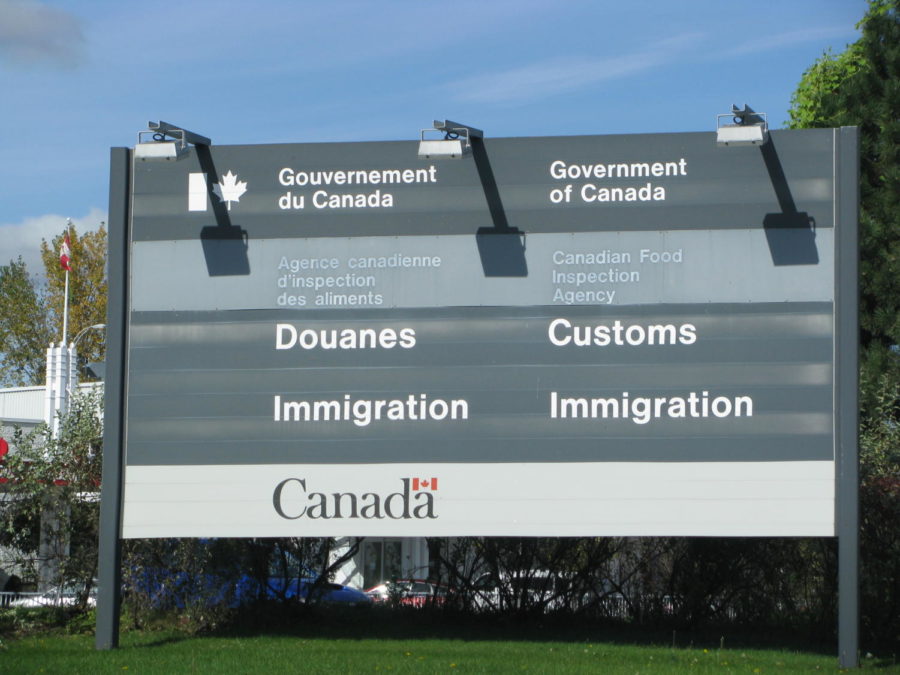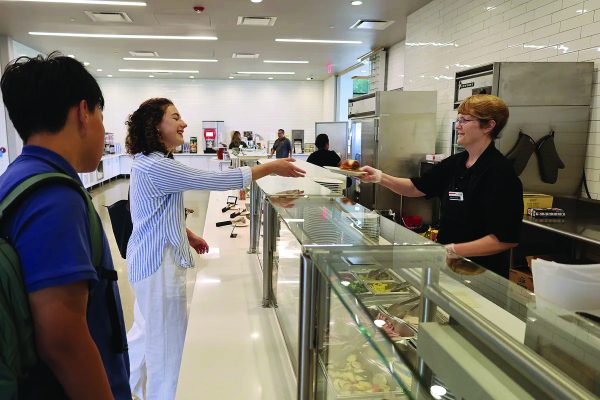Influx of Immigrants into Canada
February 8, 2023
Just a month ago, the government of Canada announced their plan to take in around 500,000 new immigrants a year, totaling an expected 1.5 million immigrants by 2025. Canada has been keen on welcoming immigrants into the country in the past, but this type of immigration rate—which would be 8 times more than the UK and 4 times more than the US—has caused unease within some residents of the nation.
For years, Canada has been open to taking in permanent residents in order to keep the population and economy growing. Last year, the country welcomed in 405,000 immigrants as legal permanent residents, the highest number recorded in Canadian history. The motives for these increases in immigration are fairly simple. Like other western nations, Canada has an aging population and a declining birth rate, and in order to stimulate the national economy and growth, migrant workers are needed to fill the gap left by this precarious situation.
Historically, Canadians have always been more welcoming than other countries on immigration, holding the highest percentage of an immigrant population among G7 countries (a grouping of 7 of the world’s strongest economies), with 1 in 4 Canadians being immigrants. However, this doesn’t mean that views on immigration have caused no controversy at all. In 2018, a fringe right-wing party, the People’s Party of Canada, continued to claim immigration as part of a larger Canadian infrastructural issue in the lead-up to the 2019 elections. Additionally, the province of Quebec also stated that it would refuse to take in more than 50,000 new immigrants in a year. The Premier of Quebec, Francois Legault, expressed his concern that an influx of immigrants would interfere with the historical French influence in the province stating that, “Already at [just] 50,000, it is difficult to stop the decline of the French [influence on Quebec].” Furthermore, two of the largest cities in Canada, Toronto and Vancouver, also have housing crises of their own, unable to provide all residents affordable housing due to a huge spike in housing prices. In a recent poll of 1,537 Canadians, 3 out of 4 said that they were somewhat or very concerned about the effect that the new immigration plan would have on housing and social services. On this issue, Caden Ye ‘26 said, “In Vancouver, there are specifically a lot of Asian immigrants, and I think that this influx of immigrants really brings great culture in Canadian society.”
Canada still takes in more economic-class immigrants (skilled workers, businessmen, caregivers, etc.) than any other nation, with over half of their permanent residency cards issued to skilled laborers. Canada’s points system to judge skilled laborers, which judges a worker’s language, education, work-experience, age, arranged employment, and adaptability as possible benefits to the Canadian workforce, has worked well to help with finding immigrants who can truly contribute to the Canadian economy. Not only does Canada take in economic-class immigrants at a high rate, but they also take in some of the most refugees than any other nation. Back in 2021, Canada took in 20,428 refugees in, which was actually less than their ambitious target of resettling 59,000 refugees. All in all, while Canada would like to meet their goals to prop up their economy with the loss of much of the baby boomer population to retirement, Canada’s own lofty expectations might be the barrier to realistically reaching this end goal.















